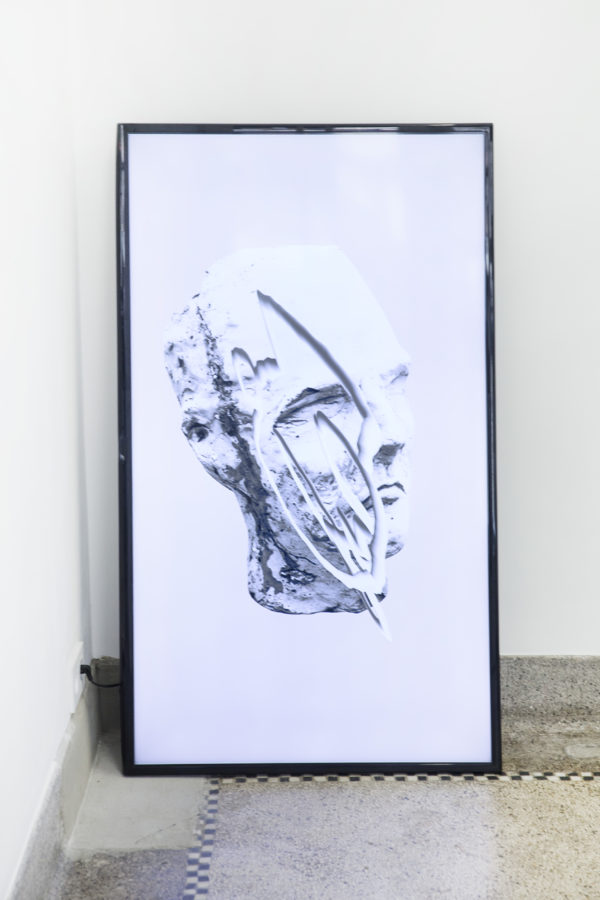Justyna Wierzchowiecka
Thursday, 16 May 2019
Work from Museum Studies.
“Most of the things have been photographed. Images circulating amongst the photo documentations or collections projected on the screens of our devices originate an obvious debate over the presence of art and objects being reproduced in the hybrid reality. Their saturation in the networked cycle is on a thin line between the physically existing and the scarcely visualized. Distribution of an immaculate hi-res replica will not replace an impression of seeing the original piece but it possibly will turn out to be equally or even more exciting. What happens to the museum objects when turned into souvenirs to be acquired by visitors? And what is the relation between a prototype and its perfect copy made from entirely different materials? A mould that can be cast repeatedly. On the occasion of her solo exhibition, Justyna Wierzchowiecka converted partially her apartment into an atelier to make her own interpretation of bas-relief by Jef Lambeaux featuring a scene of ‘Human Passions’ produced between 1886 and 1898, now on display in a classicist tempietto pavilion by Victor Horta.
For a couple of weeks, the private space is being used as a studio to cast and shape new works. And by contrast, a collection possessed by one of the biggest public museums in Brussels, belonging to the Royal Museums of Art and History — Musee du Cinquantenaire, serves as a point of departure for creating them. A sculpture in Carrara marble is placed in a pavilion on the other side of the park. Launched in 1898, today belongs to the museum-park complex just at the stone’s throw from EU epicentre. Due to the flame of indignation from the Belgian authorities and church naming the scene ‘seditious’, the pavilion was respectively opened and closed again, a number of times, remaining publically inaccessible throughout 99 years. Re-opened in 2014 it has become a new landmark of Brussels providing a chance to view one of the most curious works by a Flemish sculptor Jef Lambeaux who created avast amount of realizations, both large scale and much smaller or even miniature custom-made objects.
Wierzchowiecka does not only peer at the Lambeaux’s work in a never-visited- by-him pavilion by Horta, which he truly detested. She’s also interested in the operating of the institution itself, opening Horta-Lambeaux to the public six months per year. Passing through the museum shop, you can come across the collection of copies made in-situ and acquired by visitors, often delusively resembling the original works. Questioning the role of an art work and at the same time revealing mesmerizing 3D reproductions hand-made by an army of casting artists.
The exhibition at Komplot is also a follow-up of ‘Museum Studies’, a series consisting of edited images taken from the artist’s archive or appropriated photos which call into question the authorship and physical presence and actuality of an eponymous museum and its surrounding or visitors who appear within its premises, their facial expressions and grimaces bringing associations with Baroque sculpture. Digitally shape shifting and modifying give them a more performative dimension or even ‘blasphemous’ and ‘pornographic’ character.” – Komplot




